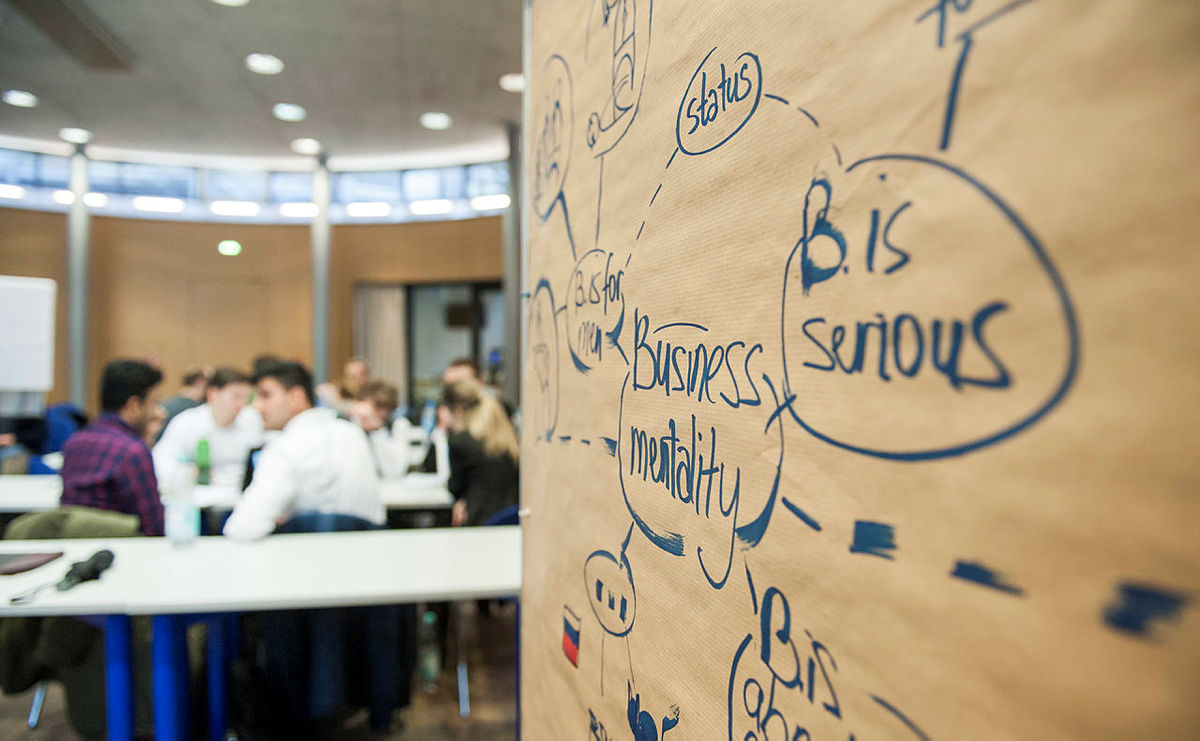Objective
The aim of the support "Methodical future design for the safety of materials" is the implementation of a forward-looking view in materials research.
In this way, future developments, perceptions, needs and requirements up to 20XX for the safety and reliability of materials or related safety-relevant issues are addressed, taking into account social, technological, economic, ecological and political-legal aspects, such as the acceptance of the material use of renewable raw materials in competition with food or the land use required for this.
The support "Methodical future design for the safety of materials" leads to a statement about the future of materials for the early orientation of materials research.
The conceptual foundation of the methods Scenario Technique, Roadmapping and Technology Functional Analysis and Portfolio Technique as well as their first conceptual integration in materials science and materials engineering thus represents the starting point.
The aim is to apply the above-mentioned methods scenario technique, roadmapping and technology function analysis and portfolio technique to the example of the model material biogenic plastics. This example will be used to carry out an implementation of the methods in networking with the subject matter experts.
This pilot implementation allows the agile adaptation of the methods or the further development analogous to the defined challenges in the project. The further development of the methods should additionally include a stronger conceptual integration of the methods.
Procedure
This future-oriented view is to be enabled with a further development of scenario technique, roadmapping and portfolio methodology. The future-oriented analysis of safety issues is carried out in two perspectives, whereby the integrated view requires a further development of the methods:
(1) Systemic view as a future-oriented analysis of the multidimensionality of "safety" of materials as well as definitional dependencies and their understanding in different disciplines of materials research.
(2) Stakeholder consideration as addressing societal, technological, economic, ecological and political-legal future concepts for stakeholders (society, science, industry) at different levels. As a result, the methods and their interlinking should enable an end-to-end systemic view combined with a stakeholder view.
